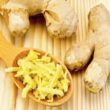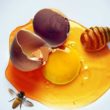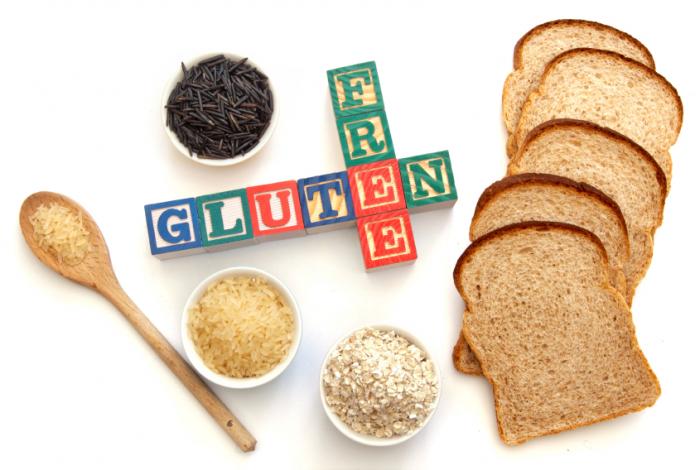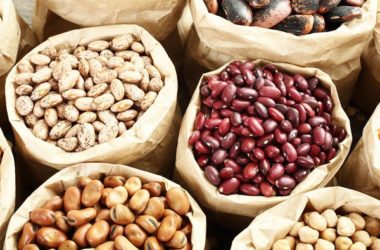Celiac disease is a digestive disorder caused by immune reaction to gluten. Gluten is a kind of protein found in various cereal grains as well as some medicines, lipstick and vitamins.
Celiac disease also known as celiac sprue or gluten sensitivity, the immune reaction of gluten creates toxins. The toxins damage the villi, a tiny fingerlike protrusion inside the small intestine. Once damaged, it cannot absorb the necessary nutrients the body needs, leading to malnutrition.
Genetics is one of the risk factors of Celiac disease. People who have other immune diseases and certain genetic disorders are also prone to suffer from this chronic disorder. Other disorders associated with celiac disease are rheumatoid arthritis, type 1 diabetes, thyroid disease, autoimmune liver disease, lupus, down syndrome, lactose intolerance, intestinal cancer, intestinal lymphoma, Addison’s disease and Sjogren’s disease.
Adults and children have different manifested symptoms of celiac disease. Children tend to have more abdominal signs compared to adults. They are smaller in growth and experienced puberty delays.
Adults with celiac disease experience these symptoms: iron deficiency anemia, arthritis, bone and joint pain, osteoporosis and bone fractures, fatigue, seizures, canker sore in the mouth, irregular menstrual period, infertility and miscarriage. It may occur late, usually in the third or fourth decade of life.
Some people do not manifest any symptoms at all, but when diagnosed with the disease, they may still have long-term complications.
For some, celiac disease causes skin itchiness and blistering rash. This condition is known as dermatitis herpetiformis (DH). An intense burning sensation around the elbows, knees, scalp, buttocks and back may happen. These symptoms occur during teenage years. This is more common among men than women. The rash clears with a gluten-free diet but can be cured through medication.
To know if you already have this condition, you will undergo physical examination and medical history. You will also undergo blood tests to check the level anti-endomysium (EMA) and anti-tissue transglutaminase (tTGA) antibodies. The blood tests include complete blood count (CBC), liver enzymes (transaminases), cholesterol, clotting factors, alkaline phosphatase and albumin.
In addition, an upper endoscopy can be utilized in diagnosing celiac. The process will allow the doctor to examine the intestines and perform a biopsy. Further, the doctor will look for damage to the villi.
The only treatment for this condition is to have a gluten-free diet. A gluten free diet does not expose patients with this disease to any of the food that have this protein in its ingredients. Having this kind of diet will allow healing of the villi and improvement of nutrient absorption in the body.
If you are diagnosed with celiac disease, you should know what food to eat and what food to avoid. We run down the list of food to avoid and food to take in order to manage this condition.
Here is the list of ingredients with gluten. Refrain from eating food and drinking beverage that contains these ingredients
- Wheat
- Rye
- Barley
- Durum
- Farina
- Spelt (a type of wheat)
- Bulgur
- Triticale
- semolina
- Graham flour
The following list shows gluten free grains and starches, which are good for people suffering from celiac disease.
- buckwheat
- corn
- amaranth
- arrowroot
- cornmeal
- flour made from rice, soy, corn, potatoes and beans
- pure corn tortillas
- quinoa
- rice
- tapioca
Here is gluten free foods that will help you achieve a balanced diet despite the condition:
- fresh meats, fish, and poultry that haven’t breaded, coated or marinated
- fruits
- dairy products
- potatoes including sweet potatoes
- rice
- vegetables
- wine, distilled liquors, ciders and spirits
Avoid these foods unless the food label says that they are gluten-free:
- beer
- bread
- cakes and pies
- candy
- cereals
- cookies
- crackers
- croutons
- gravies
- oats
- pasta
- processed meats
- salad dressings
- sauces including soy sauce
- self-basting poultry
- soup












